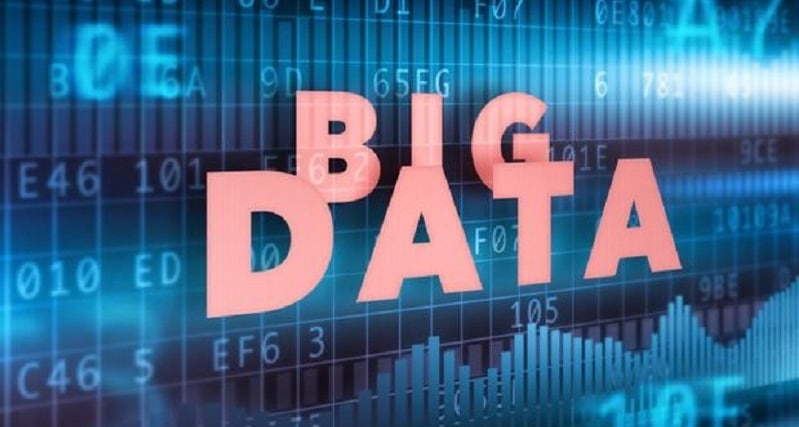Data Science can retrieve and provide details which you can’t get from any other means. It’s the future of Artificial Intelligence and can be a breakthrough in the field of Energy Management, Mental Health, Gaming, Image or Speech Recognition, etc. Today, I am going to explain Data Science in the easiest way possible. If you are fresher or someone completely new to this field, this article will clear all of your confusions. Also, I would highly recommend you to take courses in data science take courses in data science and certified into it, which will help you to get a good job in data science.
What is Data Science?
Data Science is a mixture of algorithms, machine learning principle, and various tools with an aim to analyze raw data to find useful and hidden patterns. Yes, it might sound like Data Analysis but there’s a major difference between both of these terms. A Data Analyst processes the history of data and explains what is happening but a Data Scientist does the exploratory analysis to discover insights from it. He looks at the data from many angles, uses machine learning algorithms to recognize the occurrence of a particular event in the future. Overall, Data Science is mainly used for making predictions and decisions by using predictive causal analytics, prescriptive analytics (prediction with decision-making abilities) and machine learning. Now, let’s have a look at each one of them carefully.
1. Predictive Causal Analytics
Suppose, you are providing loan to your customers, then you might be interested in knowing the probability of customers making future payments on time. Here, you need to apply predictive casual analytics to predict the possibilities of a particular event in the future. In this case, you can build a model which can take payment history into consideration, perform predictive analytics and predict whether the customer will pay the future payment on time.
2. Prescriptive Analytics
The prescriptive analysis is generally used for providing advice. If you are looking for a model which not only predict a particular event but also has the ability and intelligence to take its own decision, prescriptive analytics is for you. These models work on several dynamic parameters and can even change its decision with situation and time. Here, you can take an example of Google’s self-driving car. First, data collected by vehicles used to train these cars. Then, you can run advanced algorithms to bring decision-making abilities to them. This will make them intelligent enough to decide which path to take, when to turn, when to slow down or speed up, etc. Also Read: Difference Between Data Science, Analytics and Machine Learning
3. Machine Learning For Predictions and Pattern Recognition
Supervised Learning
The concept of supervised learning comes into play when you already have the data required to train your machines. Suppose, you have the transactional data of a company and want to predict the future trend. In this case, you can run machine learning algorithms, perform analysis of the data available and determine the probability of a future outcome. You can also understand this model as you are building a fraud detection model based on the history of fraudulent purchases.
Unsupervised Learning
There are many situations when we don’t have the required data or parameters to train our machines. In these cases, you can use pattern recognition algorithms like Clustering to find out the hidden patterns within the data and make meaningful predictions. Here, you don’t have any predefined grouping techniques and so these models are based on unsupervised learning. For example, you are working in a telecommunication company and looking for a perfect place for the tower. Here, you can use a clustering technique to find tower locations which will ensure optimal signal strength for all users. That’s all for this article. I know Data Science is an emerging career option for all talented graduates out there. It’s not just future-proof but also enables you to earn a handsome salary. I hope this article helped you get a basic idea of Data Science.
